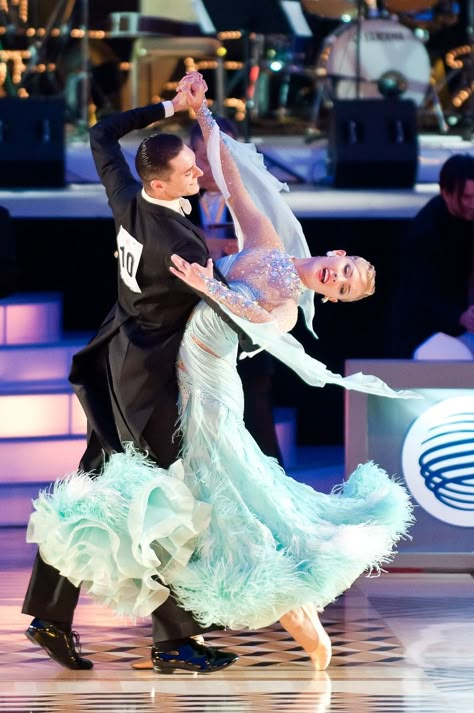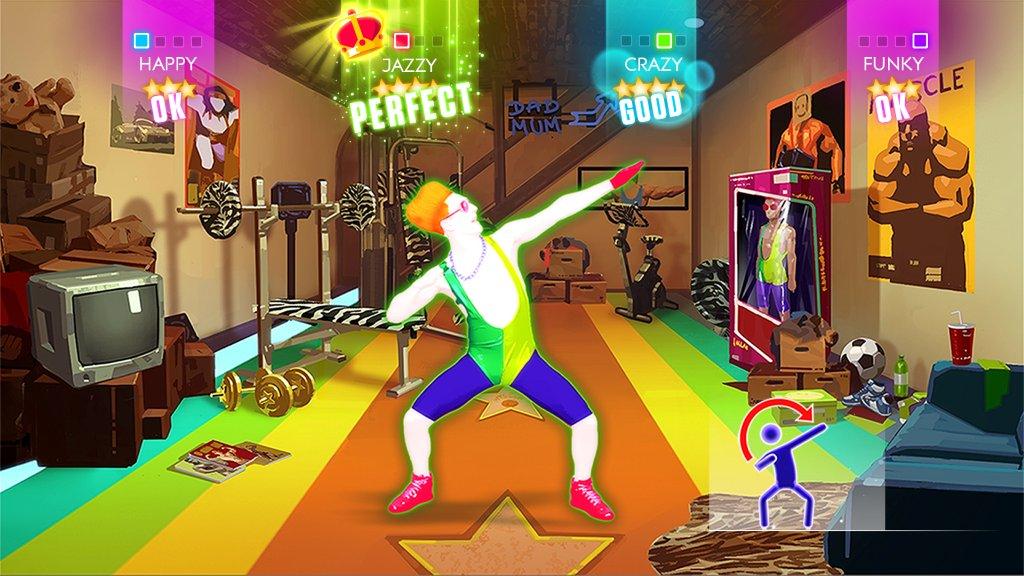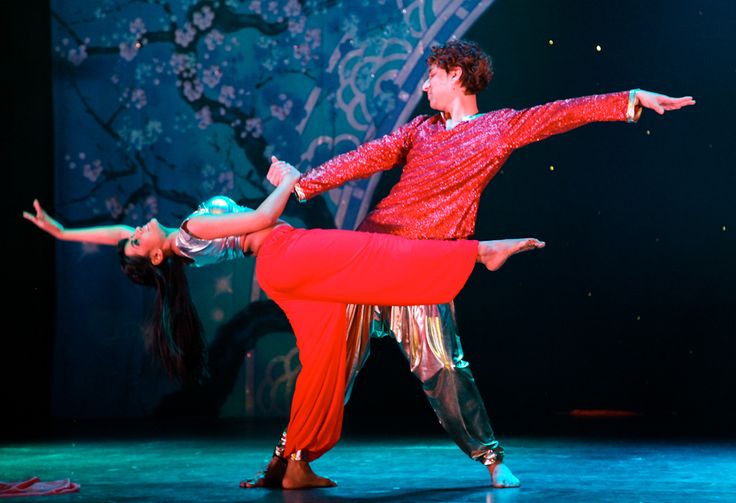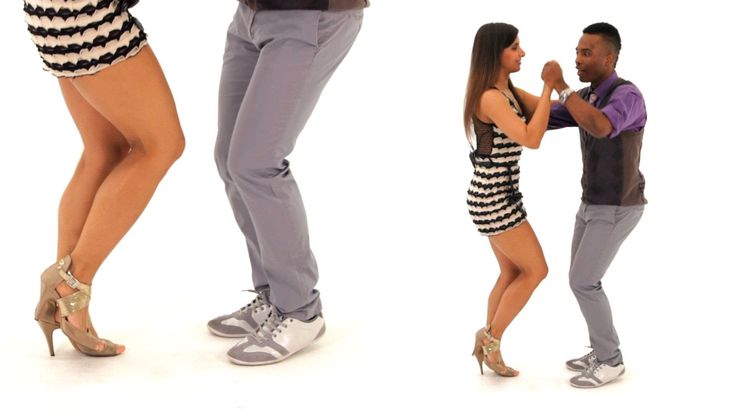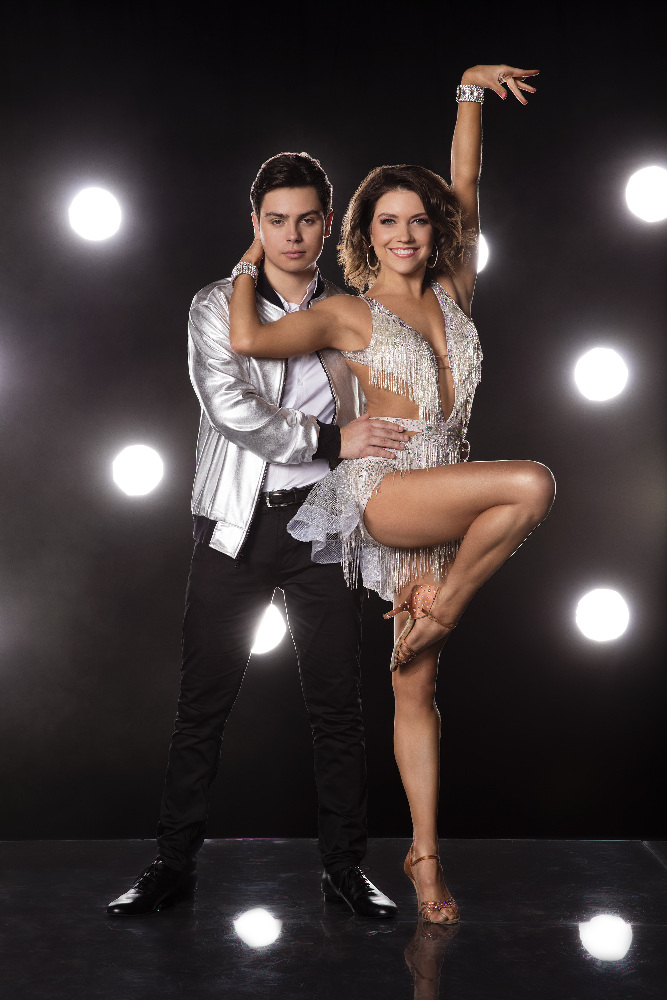How to do the robot dance like michael jackson
How to Do the Michael Jackson Robot Dance
How to Do the Michael Jackson Robot DanceThe robot dance has been around since the early 1950s but it gained worldwide recognition in 1970s largely thanks to “The Jackson”, who performed this dance for the first time live on one of the most-watched pop shows in America, Soul Train.
However, Michael Jackson after going solo gave a whole new dimension to this dance move and ever since, dancers are trying to copy this move with great success. And if you want to learn this technique, you don’t have to do much and you can easily learn this technique by following these simple guidelines.
Instructions
-
1
Robot dance is not quite as same as popping despite many dancers mixing these two up. Many dancers have also mixed up the robot dance with other dancing techniques due to which the traditional robot dance is slowly losing its identity but as long as there is some kind of illusion of being a robot is observable in a dance, we can call it a robot dance.
-
2
If you are a beginner and looking to learn robot dance, you need to keep certain things in mind like things you need to do and what you should avoid in order to get perfect. Since you are planning to do the robot dance, you need to think robot and in addition to that, you need to dance like an actual robot.
-
3
Make sure that you remove the human fluidity from your body especially from your legs. Try to keep your legs locked since robots do not have knees like humans. Usually dancers do not walk around while performing robot dance but if you still want to move, try to imagine 1960s space movies.

-
4
Your arms should be bent at the elbow and you need to hold your elbows at your wait. Keep your hands open giving an impression that you are going for a handshake.
-
5
Extend one arm but keep the other one bend in an inward direction for a basic robot dance move. And only move your arms at the elbow.
-
6
You need to limit your movements and try to keep your torso still.
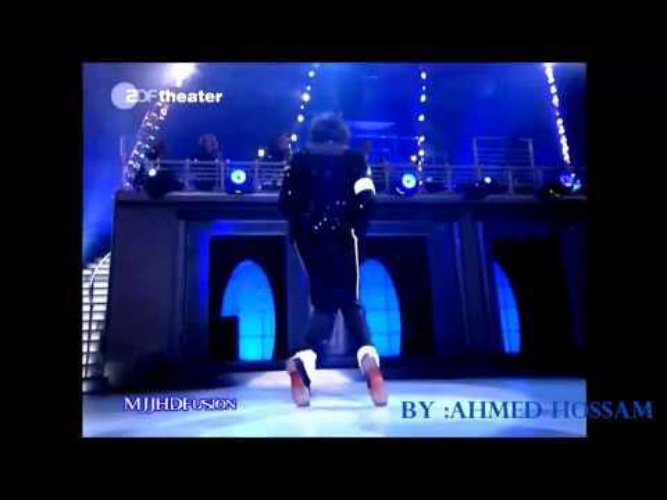 Keep this in mind that your torso cannot do any kind of movement except to pivot forward. Even that forward movement must be at an angle along with the movements of your arm.
Keep this in mind that your torso cannot do any kind of movement except to pivot forward. Even that forward movement must be at an angle along with the movements of your arm. -
7
Shake your head in such a way that it gives the impression of falling off. Try to keep a blank, wide-eyed stare face.
Posted by orpheus in Dance
How To Robot Dance - Easy Robot Dance Moves
You do not have to be a trained classical dancer to learn the robot dance. The robot dance has two versions - the Michael Jackson one and the “everybody” robot dance. While you may take time to perfect the legendary Michael Jackson moves, you can try your legs and arms at the “everybody” robot dance, for sure. Moreover, with dedicated practice, you can master them in no time. The robot dance, also known as mannequin dance style, demands imitating the dancing motions of robots to come up with a crooked yet cool dance form. With a little patience and constant practice, you can melt hearts on the dance floor and have a good time. So what are you waiting for? Put on some dance music, like “Mr. Roboto” by Styx or “Kyur for Itch” by Linkin Park, and set the stage on fire. Learn some easy robot dance moves by steering through the instructions stated below. Watch all the heads turn as you display some of your coolest robotic dance moves amongst the crowd.
Moreover, with dedicated practice, you can master them in no time. The robot dance, also known as mannequin dance style, demands imitating the dancing motions of robots to come up with a crooked yet cool dance form. With a little patience and constant practice, you can melt hearts on the dance floor and have a good time. So what are you waiting for? Put on some dance music, like “Mr. Roboto” by Styx or “Kyur for Itch” by Linkin Park, and set the stage on fire. Learn some easy robot dance moves by steering through the instructions stated below. Watch all the heads turn as you display some of your coolest robotic dance moves amongst the crowd.
Easy Robot Dance Moves
Set Your Back Taut
Remember, robots have their vertebrae missing and the whole idea behind doing a robot dance is to imitate robotic movements. Thus, the accuracy of your movements will judge how successfully and efficiently have you done your robot dance. Therefore, keeping your back firm and stiff is the backbone of any robot dance move.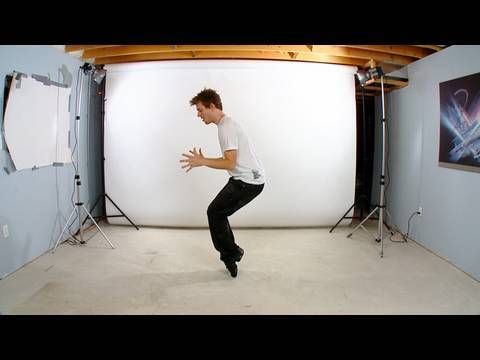
Bend Your Arms
Bend both your arms at the elbow forming a 90 degree angle. Maintaining the position, raise one arm at a time, such that the open palm reaches your eye level. The move is one of the signature steps in a robot dance and should resemble a chopping motion. Alternately, raise your arms throughout the dance while maintaining a slow pace.
Pivot Your Head
While raising your arms alternately at a slow pace, swivel your head from right to left, repeating the motion at regular intervals. Make sure that your neck and head are upright and taut to your best possibility. Combined with your arms, this completes the upper-body portion of the robot dance.
Walk Around
Though it is fine to keep your robot dance stationary, advanced robot dancers prefer to use their legs and move around displaying their skills and talent. To mete such potential robot companions, you can start walking around while performing the upper-body movements.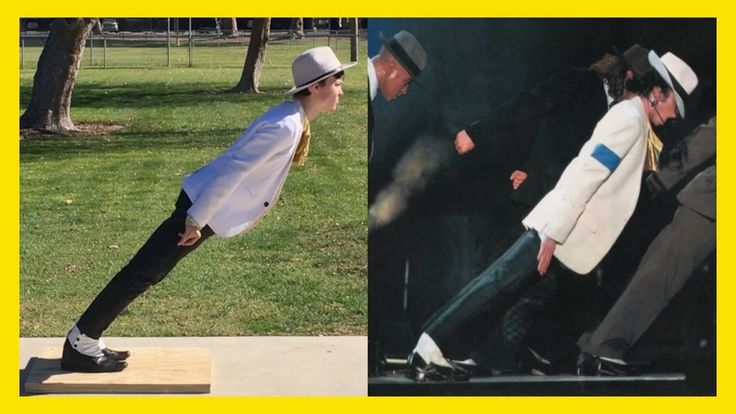 However, maintain your pace in your walking as slow as in your arms and head. As your raise one arm, take a step, keeping your legs bent at the knees in 45 degree angle.
However, maintain your pace in your walking as slow as in your arms and head. As your raise one arm, take a step, keeping your legs bent at the knees in 45 degree angle.
Bend At The Waist
After you have mastered the above steps, reveal your perfection and talent by continuing with this move. Keeping your back taut and stiff, perform all the steps combined together and bend at your waist in a 45 degree angle occasionally. While maintaining the bent position, you can let lose your arm swinging it back and forth like a pendulum. To show your flair and style, end your robot dance with a robotic bow.
Michael Jackson - Video
Michael Jackson is a legend without exaggeration. The whole world knows him not only for how talented he is as a singer, actor and composer, but also for how brilliant he is as a dancer. Thanks to his great talent, individuality and magnificent plasticity, Michael Jackson received the informal title of the “king” of the dance floor.
From early childhood, the future king had a frantic craving for dancing. With great passion, he held street competitions with the yard guys in the ability to dance. Michael Jackson never missed an opportunity to prove himself in the art of dance. And every year his skill improved, and the future great dancer himself improved. Being a little older, Michael turned to different choreographers, who eventually noted the extraordinary grasp and talent of the young man. Any technique was not a problem for him and he memorized all the movements, as they say, “on the fly”.
Michael Jackson learned from the movements of the stellar choreographers of the time. Among others, Fred Astaire can be distinguished. Michael borrowed a lot of different movements from this Hollywood star and wonderful choreographer. In addition to Astaire, Jackson learned the moves from other dancers such as tap master Bill Bailey. Without a shadow of embarrassment, he watched and borrowed everything he saw on television. In the late seventies, Michael Jackson's mentor was Jeffrey Daniel, who in turn was the dance part of the Shalamar team.
In the late seventies, Michael Jackson's mentor was Jeffrey Daniel, who in turn was the dance part of the Shalamar team.
It's no secret that Michael Jackson's hallmark as a dancer is the famous moonwalk. However, not everyone knows that Michael was not her ancestor. Before him, similar movements were performed by many dancers, among them the same Astaire and Bailey. In the 1940s film Children of Paradise, Barro and Decroix demonstrated the moonwalk. There was a performance of the famous dance by the Electric Boogaloos team. Each of them conveyed to the viewer their own version of this sliding movement. And, in principle, Jackson never attributed the moonwalk to himself. The phenomenon of Michael Jackson is that he was able to dance it in his own way, adding elements of a step and performing a double backslide. For the first time, the moonwalk performed by Michael Jackson was presented to the public at 1983 year. Then, on a television show dedicated to the 25th anniversary of the record company Motown Records, the world was struck by the magnificence of this movement.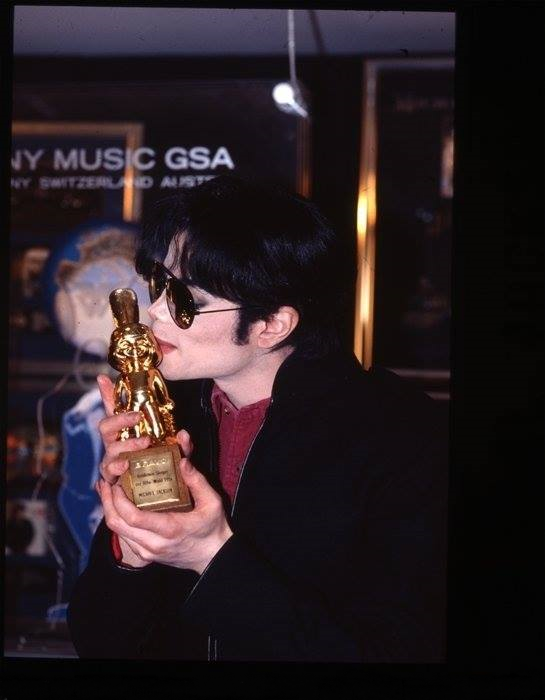 Since that time, the moonwalk has become extremely popular and famous. She is popular to this day.
Since that time, the moonwalk has become extremely popular and famous. She is popular to this day.
Michael Jackson is rightfully considered the king of the dance floor, not only because he brilliantly performed the moonwalk. Michael Jackson also invented his original, incomparable dance style "Robot". In this style, elements are intertwined that really resemble the movements of a robot. Here everyone can see sharp head swings, lightning-fast rise on toes and, of course, movements in the groin area.
Michael Jackson delivered every new dance trick through a music video. It was in this way that the dance impressed the viewer even more, penetrated even deeper into his soul. Michael Jackson's influence as a dancer has spread throughout the world. And to this day it is an integral part of culture, without which most of humanity cannot imagine itself.
Michael Jackson is the best dancer of our lives - Unsportsmanlike behavior - Blogs
Performed at the Super Bowl and came to Fulham.
In the spring of 1999, Michael Jackson visited the third English division football match between Fulham and Wigan. For a figure of this status, the event was not at all obvious, and when, after the game, the owner of Fulham, Mohammed Al-Fayed, invited Jackson to the locker room, the players decided that this was an imitator. Just in case, they asked him to show the moonwalk.
It is unknown if the most successful artist in the history of mankind slipped into the dressing room of a modest English stadium to confirm that he was not an impostor.
But how cool would it be if it was.
***
Michael Jackson spent 45 of his 50 years in show business. He recorded the highest-grossing album in the history of music (and in total, according to various estimates, sold from 200 to 750 million copies of his work), won hundreds of awards, turned MTV and Super Bowl concerts into a global phenomenon, and also anticipated more or less all pop music.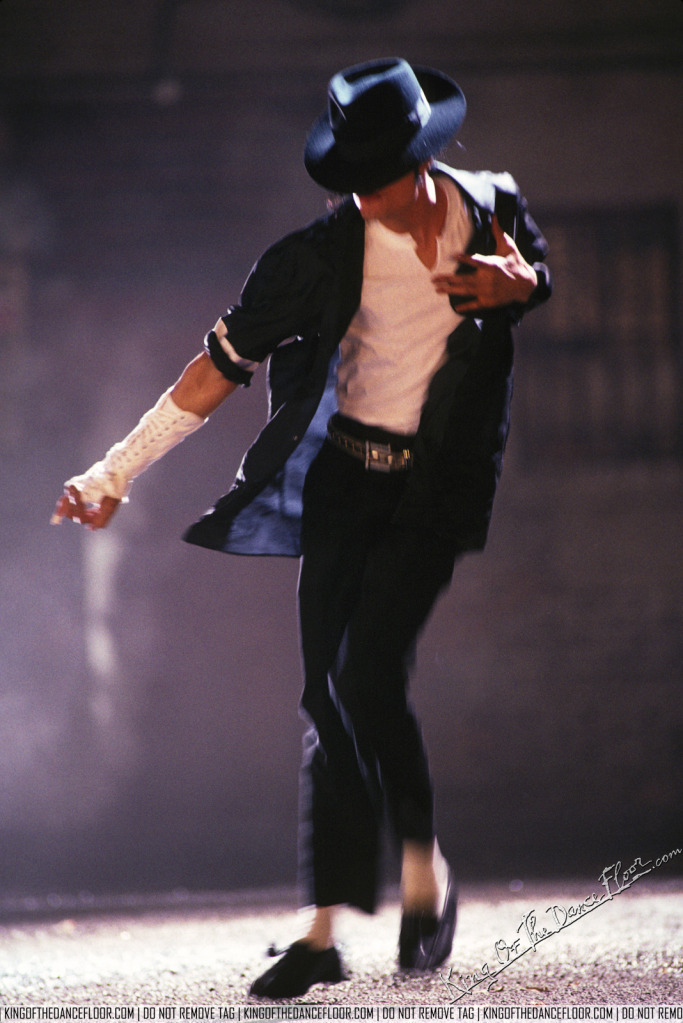 music at the turn of the century and was once seriously crowned an African king. In his peak years, he collected Wembley 15 times, and when in 2009-m announced a return tour, a million tickets were swept away in two hours. At various times, Jackson has been a cartoon character, a doll and an advertising face for Pepsi, and now for almost a decade he remains the highest paid deceased celebrity. In the entire world culture of the 20th century, units are comparable to Jackson in terms of scale, recognition and influence: Chaplin, Disney, Elvis, Lennon.
music at the turn of the century and was once seriously crowned an African king. In his peak years, he collected Wembley 15 times, and when in 2009-m announced a return tour, a million tickets were swept away in two hours. At various times, Jackson has been a cartoon character, a doll and an advertising face for Pepsi, and now for almost a decade he remains the highest paid deceased celebrity. In the entire world culture of the 20th century, units are comparable to Jackson in terms of scale, recognition and influence: Chaplin, Disney, Elvis, Lennon.
In his autobiography (correctly titled "Moonwalk"), Jackson told how he worked with Diana Ross, Paul McCartney and Stevie Wonder, and on national television he joked personally for the legend of the Hollywood Golden Age, Katharine Hepburn, who made a motherly remark to him for eternal dark glasses. But in a surprising way, in the most touching moment of his (rather on-duty) memoirs, there is no namedropping, and it’s not even about music, but about dancing:
“I wanted to do a very long spin and stop on my toes for a moment,” Jackson wrote of his iconic 1983 Motown record label performance.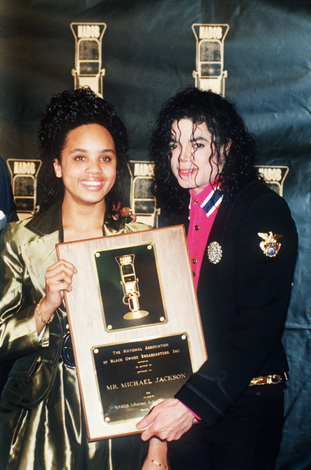 - But I could not freeze as much as I wanted, and lowered my heel. [Later backstage] I was still upset about it, but then a little boy came up to me - about ten years old and in a tuxedo. He looked up at me with eyes full of admiration and said: “Where did you learn to dance like that?”.
- But I could not freeze as much as I wanted, and lowered my heel. [Later backstage] I was still upset about it, but then a little boy came up to me - about ten years old and in a tuxedo. He looked up at me with eyes full of admiration and said: “Where did you learn to dance like that?”.
***
“I've always been good at dancing,” said Jackson, the only musician in America's Dance Hall of Fame. The choreography is already present in Jackson's earliest performances as part of his family group the Jackson 5, the sensation of the era of bubblegum pop.
Jackson joined the Jackson 5 when he was only five, and spent his entire childhood in rehearsals and performances: first in talent shows, and then with his own concerts. He recalled being alone backstage as a child “watching all the headliners to learn as much as possible from them. I looked at their feet, at what they were doing with their hands, how they were holding the microphone, trying to understand why.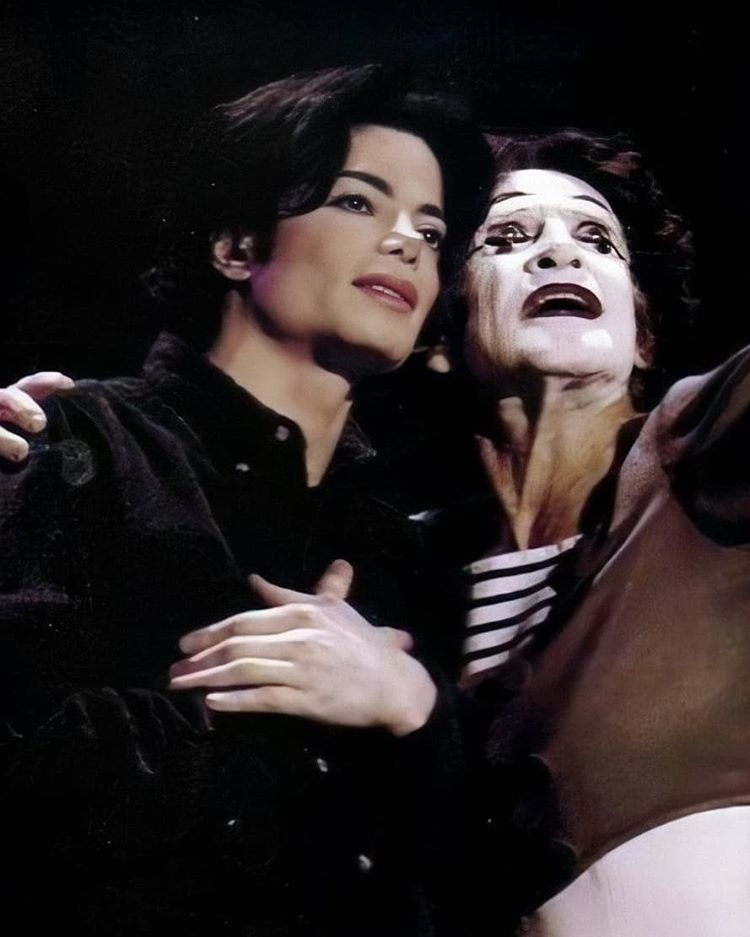 I did not miss a single step, not a single movement, turn, turn, twist, emotion, half-movement. That was my education and my recreation."
I did not miss a single step, not a single movement, turn, turn, twist, emotion, half-movement. That was my education and my recreation."
Having already become a star, Jackson in many ways remained a child, full of unique androgynous innocence. In particular, he retained this awe of great artists, as if refusing to see that he himself became one of them: “I grew up on real showmen: James Brown, Sammy Davis, Fred Astaire, Gene Kelly. A great artist does not leave anyone indifferent - this is an indicator of greatness. It's like Michelangelo - whoever you are, it can't help but touch."
At the same time, the professional drive and ambitions of Jackson himself have always been very powerful. The song Dancing Machine came out at 1974, when 17-year-old Michael had already grown to the role of the frontman of the Jackson 5, and he was "determined to find a dance element that would enhance the song and make the performance more interesting for both the band and the audience." Thus, by a conscious effort of the creative will of a teenager, nothing less than a robot dance was born.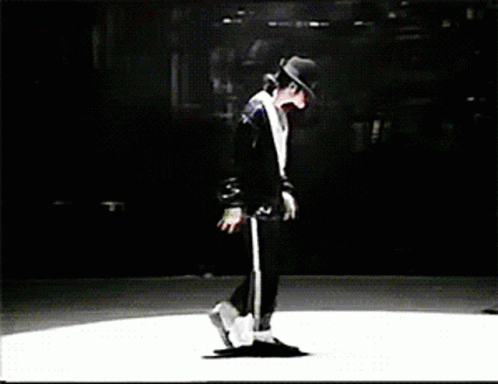 The movement, seen on the street, catapulted the Dancing Machine to the top of the charts, and showed Jackson the power of television. “In just a few days, it seemed like every American kid was dancing the robot. I have never seen anything like it,” he recalled at 1988th. 30 years later, the world has survived macarena, gangnam and (sort of) floss, and the robot is still the highlight of school discos, street sessions and Sex and the City.
The movement, seen on the street, catapulted the Dancing Machine to the top of the charts, and showed Jackson the power of television. “In just a few days, it seemed like every American kid was dancing the robot. I have never seen anything like it,” he recalled at 1988th. 30 years later, the world has survived macarena, gangnam and (sort of) floss, and the robot is still the highlight of school discos, street sessions and Sex and the City.
***
Four years after the robot, Jackson played the Scarecrow in Visa, Sidney Lumet's fantasy based on The Wonderful Wizard of Oz. Jackson, who always dreamed of cinema, worked on the film with its most complex choreography:
“Since childhood, it was enough for me to see a dance move once - and I immediately knew how to perform it. Someone had to explain step by step, beat the rhythm, show where to put your foot and move your hip, and where - with your neck. But if I saw it, then I could repeat it.
But if I saw it, then I could repeat it.
But, as it should be in the film industry, this became a problem. One day during filming, Diana Ross, who played Dorothy, took Jackson (with whom she had a great relationship) aside and explained that he puts her in a bad light because he learns dance chords too quickly. Until the end of filming, 20-year-old Jackson generously pretended to be a worse dancer than he was, and the film eventually received four Oscar nominations:
***
-star" and became at first just a star, and then the main star of the planet: for the first time, four tracks from one disc hit the Billboard top 10 at once, more than 20 million copies of the album were sold worldwide, Jackson won his first (out of 13) Grammy and received the highest percentage of sales in the industry from its label Epic - 37 (almost $ 2 from each record sold in the US).
He himself, however, felt that Off The Wall deserved more, so he began recording the next album with a thirst for revenge.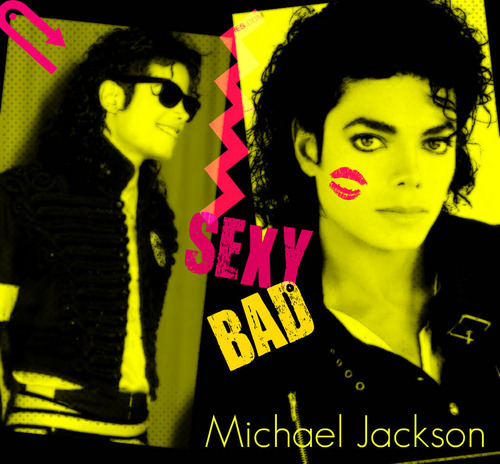 Thus was born Thriller (1982), the most successful release of all time, making Michael Jackson a legend. Of the nine songs on the album, seven were released as singles, all of them in the national top 10, and a year after the release, Thriller was still selling over a million copies a week.
Thus was born Thriller (1982), the most successful release of all time, making Michael Jackson a legend. Of the nine songs on the album, seven were released as singles, all of them in the national top 10, and a year after the release, Thriller was still selling over a million copies a week.
In 1984, Time declared the 25-year-old Jackson "the sole savior of the music industry: a decade-defining songwriter, a dancer with the craziest legs, and a singer who transcends tastes, styles, and colors."
By then, Jackson had already performed at the 25th anniversary of his former Motown label with the "thriller" track Billie Jean (which was almost named Not My Lover to avoid being associated with tennis player Billie Jean King). And if the Thriller album turned from a hit into a blockbuster thanks to the Beat It single, then it was Billie Jean and the performance at Motown 25 that turned Michael Jackson from a classy dancer into a visionary. scene. Back at 1972, while touring with the Jackson 5, he wanted to run backstage to get the hat he wore for the cover of the album before performing the hit Got to Be There.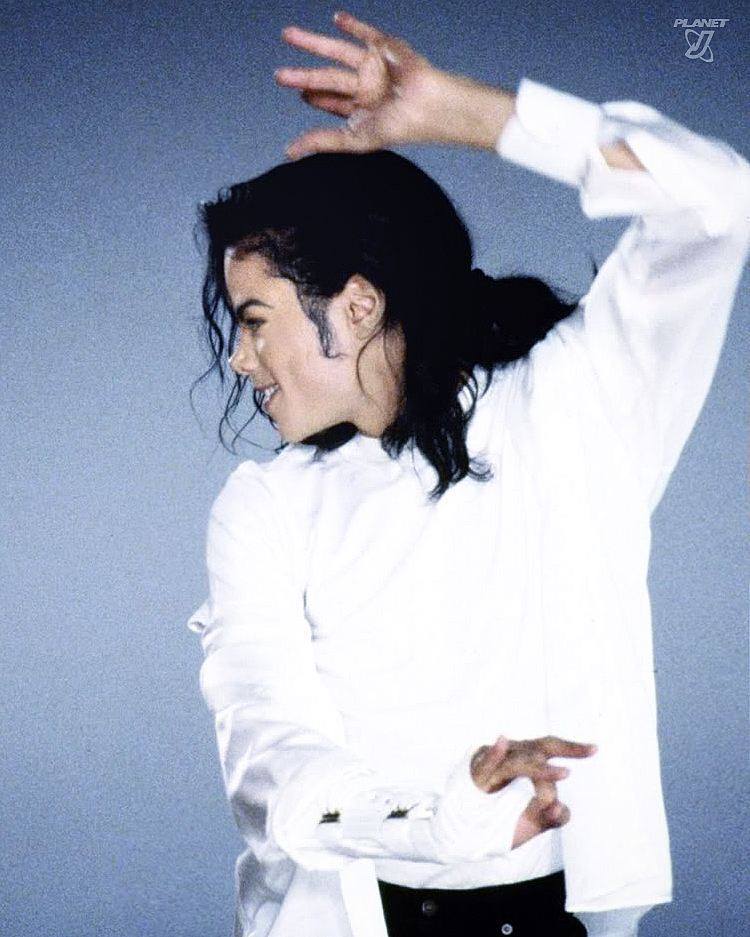 “They didn’t let me do it then, because I was small, and the adults thought the idea was stupid. But soon Donny Osmond was performing all over the country wearing a very similar hat, and people were ecstatic. Even then I trusted my instincts. I believed that I knew how to do it."
“They didn’t let me do it then, because I was small, and the adults thought the idea was stupid. But soon Donny Osmond was performing all over the country wearing a very similar hat, and people were ecstatic. Even then I trusted my instincts. I believed that I knew how to do it."
More than a decade later, preparing for Motown 25, the first thing Jackson ordered was a hat: "a cool spy-type fedora, like a secret agent." Until the last evening before the performance, however, a hat and a black jacket he accidentally found were his only plan.
“Then I went down to the kitchen and turned on Billie Jean. Loudly. I was there alone, the night before the show, just standing there and waiting for the song to tell me what to do. I let the dance create itself, let it talk to me. When I heard the first bar, I put on that spy hat, struck a pose, and followed Billie Jean's rhythm, letting him dictate the moves. And this moment, when I faded into the background, skipping ahead of the dance, was amazing, ”said Jackson at the end of the decade.
On that day in Pasadena, Michael Jackson's moonwalk saw the light of day for the first time - perhaps the single artist's signature move in the history of popular culture. “I didn’t invent the moonwalk,” Jackson never hid, “but I perfected it. It was a dance piece from the ghetto and was taught to me by three black guys. They showed me the basics, and then I practiced alone for a long time and combined it with other steps. All I knew for sure was that in losing to Billie Jean, I would go forward and backward at the same time, as if I were on the moon.
There is another version of the origin of the moonwalk. Choreographer Jeffrey Daniel, who worked with Jackson on later videos for Bad and Smooth Criminal, said that she appeared after Jackson and "little Janet" saw him dancing at Disneyland in the early 80s.
“They watched me dance from backstage. And then he called me and said he wanted to meet and work on the movements.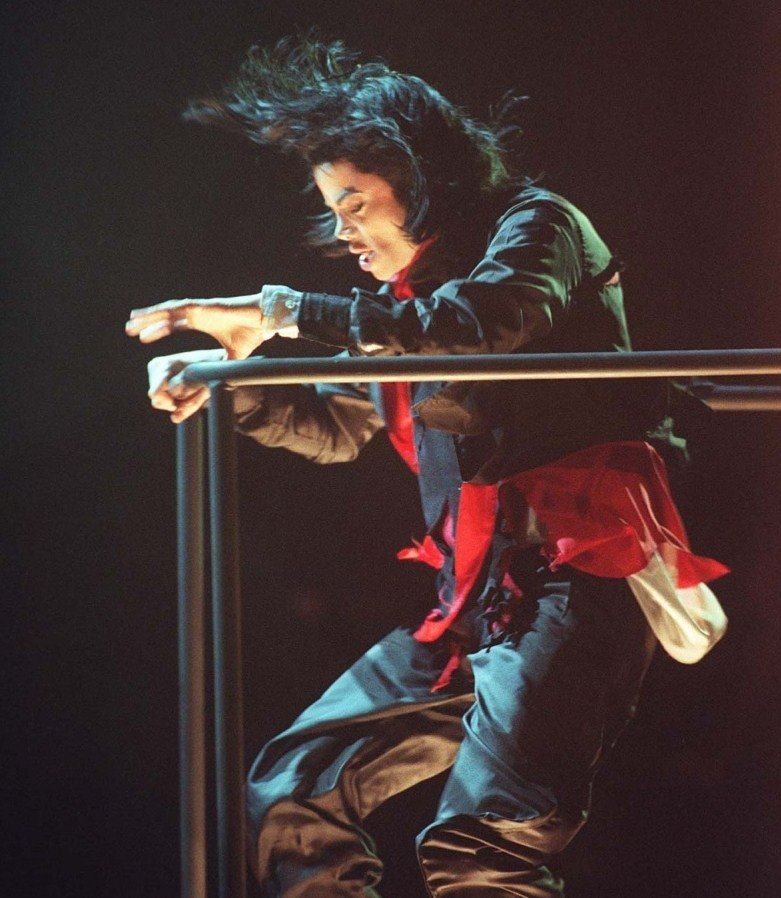 ” According to Daniel, Jackson didn't even manage to do the moonwalk right away ("It's like the Matrix - everyone fails the first attempt"), but "then seeing him do it on stage and launch it into the stratosphere was something."
” According to Daniel, Jackson didn't even manage to do the moonwalk right away ("It's like the Matrix - everyone fails the first attempt"), but "then seeing him do it on stage and launch it into the stratosphere was something."
***
It is important to understand that in the early 80s Jackson's creative authority was already so high that he invited choreographers to cooperate so that they would broadcast his ideas, and not supply them with their own. “MJ gave them instructions on what type of movement they would like, so the choreographer would already put it into concrete form. Then he came in, looked at the material and adapted it for himself, ”says Steve Knopper, editor of Rolling Stone and author of The Genius of Michael Jackson.
The cult videos Thriller (the world's premier music video: a 14-minute, half-million-dollar horror film that hit theaters and inspired the annual pre-Halloween dance festival) and Beat It (a gangland story that references West Side Story compositionally) were directed by Jackson Michael Peters. He said that the secret of Jackson's bombastic choreography is his brilliant knowledge of both the history of dance and its present. This allowed Michael to combine elements of break dancing with borrowings from Fred Astaire and Gene Kelly.
He said that the secret of Jackson's bombastic choreography is his brilliant knowledge of both the history of dance and its present. This allowed Michael to combine elements of break dancing with borrowings from Fred Astaire and Gene Kelly.
By the way, Astaire, the maestro of the musical comedy of the first half of the 20th century and the first person in the IMDb database, has an episode in Jackson that allowed him to truly feel like a dancer for the first time.
“Fred Astaire called me the day after Motown 25. He said, verbatim, “You move like the devil, boy. You put them all in a puddle yesterday.” I wrote it down yesterday and rewatched it this morning. You're just the devil." [When Gene Kelly said the same thing to me] I felt like I was introduced into an informal fraternity of dancers, and it was a huge honor, because these are the people I admire most in the world.
***
In addition to rope feet, spins, toe-stands and monster dancing, until the late 80s Jackson's big dance inventions were the groin grabs and the anti-grav tilt from the Smooth Criminal video. About the first in 1993, Oprah Winfrey asked him bluntly in a long interview: “Why are you always grabbing your groin? Do you have some problem?" Jackson, with a childish laugh, explained that he just listens to the music and does what it says: “It happens unconsciously. Dancers, they just interpret music and accompaniment. If there are basses, you yourself become a bass. If the strings - you become a string and the emotion that it expresses. So if I'm dancing and I'm like, bam, grab myself, I'm doing it because the music says so. I don’t think: so, but is it necessary to do this, otherwise the place is not the most successful. This happens by itself. Sometimes I look back at the records and think: did I really do this?
A week before the interview with Oprah, Jackson did a half-time show at the Super Bowl: now the dream of any artist in the world, but then the halftime of the most important sporting event in the United States, to which viewers left and did not always return. It so happened that at that moment not only Michael was needed by the Super Bowl, but also vice versa: Jackson remained a megastar and collected stadiums with the Dangerous tour, but the very music that he played: light, danceable, naive - already sounded a little outdated and receded under pressure grunge, alternative and hip-hop.
It so happened that at that moment not only Michael was needed by the Super Bowl, but also vice versa: Jackson remained a megastar and collected stadiums with the Dangerous tour, but the very music that he played: light, danceable, naive - already sounded a little outdated and receded under pressure grunge, alternative and hip-hop.
And Jackson delivered. In his autobiography, he wrote that he always gave the best work under pressure, and this was just such a case. For 12 minutes at the Rose Bowl stadium in Pasadena, he showed a mashup of hits, and then, with the participation of the stands and 3,500 children who filled the field, he sang the humanitarian anthem Heal the World. As a result, TV ratings for the match rose during the break and remained high until the end, the Super Bowl break became one of the top shows on Earth, and Jackson regained the title of King of Pop and, in a sense, even anticipated YouTube.
Smooth Criminal is not so romantic. The 45-degree slope from there looks as luxurious as it is implausible - even for Michael Jackson.
The clip used threads and wires for support, and for live performances, Jackson patented a special shoe with ankle support, which was attached to the stage surface by a mechanism in the heel and allowed the dancer to shift the center of gravity from the feet, but remain on them. Sometimes, however, it failed - as, for example, in Moscow at 1996th (Jackson's second and last visit to Russia with a campaign for antiques and a meeting with Yuri Luzhkov).
The 90s were not the most glorious period in Jackson's life. He married, got divorced, defended himself against accusations of pedophilia (he was not convicted, but the residue remained), waved a child from the balcony and turned suspiciously white (an autopsy confirmed that he really had vitiligo, not racism).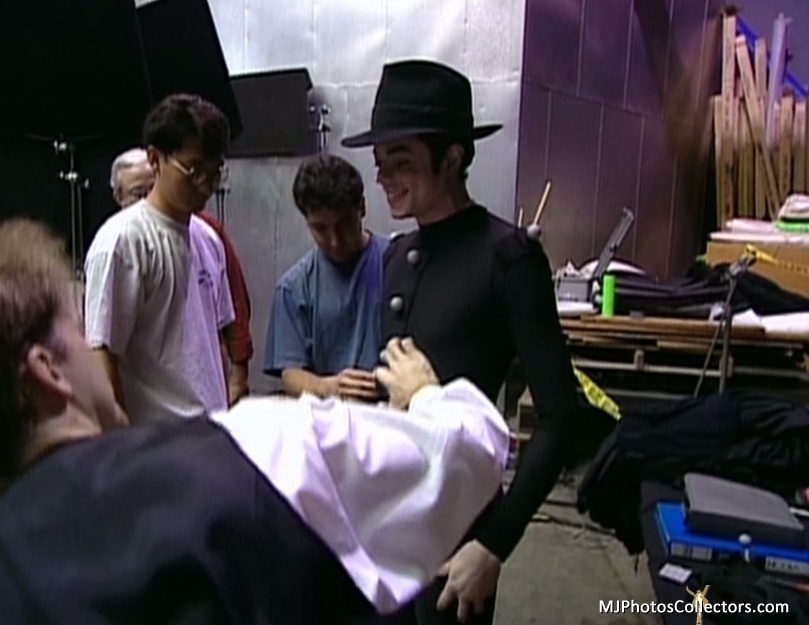 So over the years, he went from an eccentric celebrity living at home with a boa constrictor, a llama and a chimpanzee, into a grotesque celebrity who walks in a mask, avoids any contact with the media, and is experiencing financial difficulties. Plus, he built a ranch that evoked the sinister Xanadu castle from Citizen Kane, even though it was for kids.
So over the years, he went from an eccentric celebrity living at home with a boa constrictor, a llama and a chimpanzee, into a grotesque celebrity who walks in a mask, avoids any contact with the media, and is experiencing financial difficulties. Plus, he built a ranch that evoked the sinister Xanadu castle from Citizen Kane, even though it was for kids.
Jackson's star power from all the PR failures, however, did not suffer much, and when he went on a farewell tour in 2009, due to frenzied demand, the number of gigs on the London O2 was increased five times: from ten to an unimaginable 50. From this megalomaniac project, only one documentary about the rehearsals of This Is It came out, but its effect is even stronger because nothing came true.
The film begins with the selection of dancers for a concert troupe, and almost every member cries when he tries to explain what it means to him to dance next to Michael Jackson.
“Life is hard, isn't it? says a boy in a leather jacket over his naked body in a trembling voice. “And I kept looking for something that would give me meaning and hope and faith in something. I found Michael."
***
It is generally accepted that great work is behind great success - this is prestigious, pedagogical and almost always true. But behind the biggest is always something else (luck? cunning? magic?).
Probably, therefore, when you meet a person who has found his business, then you remember him for a long time. It could be Jamie Oliver explaining that a good omelette doesn't need milk, or Alexander McQueen with his holographic Kate Moss, Leo DiCaprio with his Russian accent, or Cord yelling about "####### simple and simple ### ####".
And very rarely it can be someone like Michael Jackson - a born showman who, when asked about his destiny, answered: “It is a great honor for me to be the chosen one who gives the world music, love, harmony.

